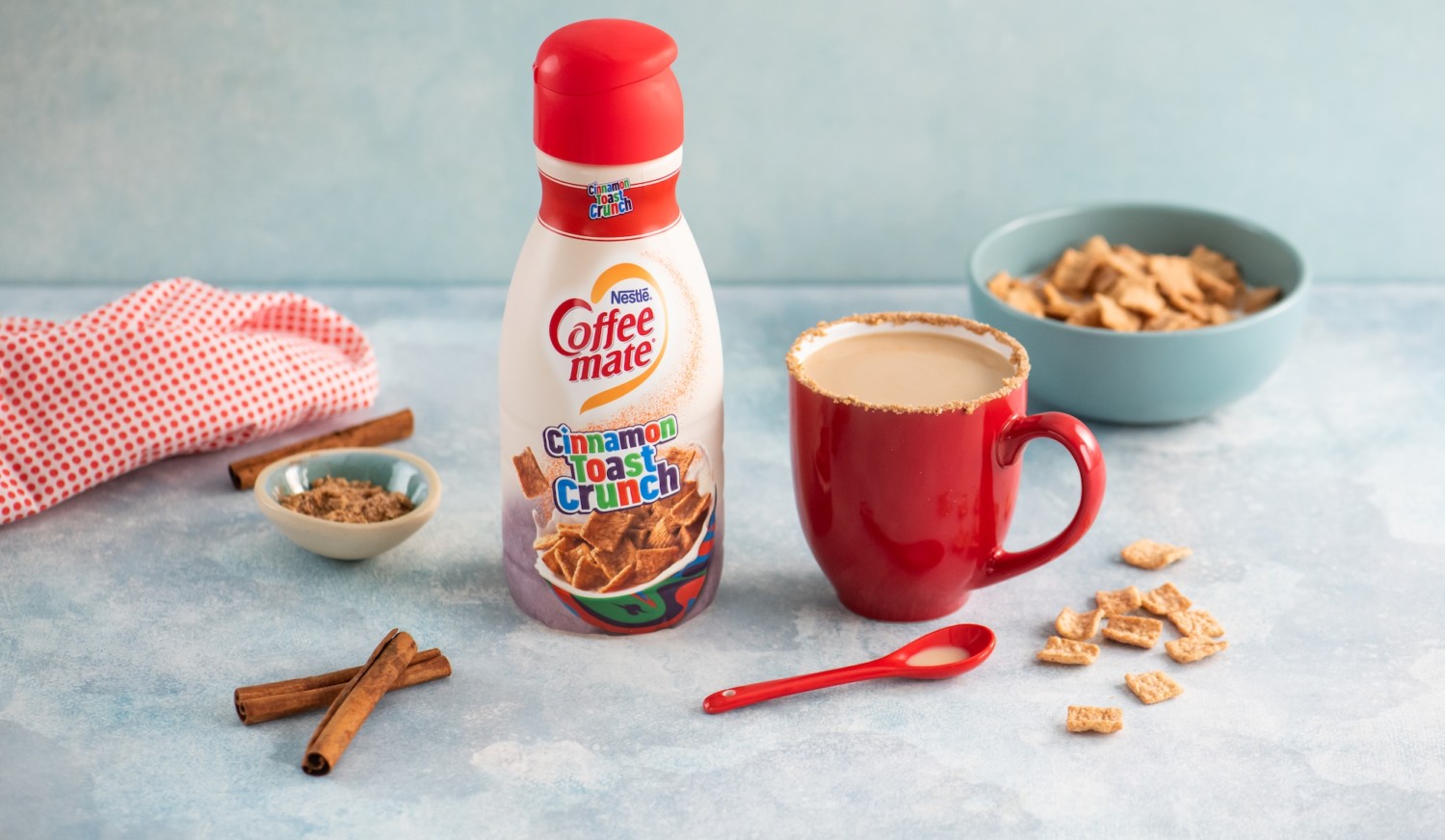
You can also use it in meat-based salads (tuna, chicken, etc.). Once you’ve done that, it should make a nice sandwich spread. Then, try thinning it with whole or 2% milk. Just make sure you set it out at room temperature to let it soften. Indeed, it’s much thicker than mayo, but that doesn’t mean it won’t work. People often overlook cream cheese when replacing mayo, as well. You won’t even be able to miss the mayonnaise. Try it the next time you make potato salad or chicken/tuna salad. Furthermore, it’s light and not all that unhealthy. It has the same creamy, tangy consistency and flavor as mayo.

I think it’s a phenomenal alternative to mayonnaise. Most people put sour cream pretty low on their lists of mayo substitutes.
#Cashew crema how to
Knowing how to use these mayonnaise substitutes is good information to have. Others like nut butter and pesto may take you by surprise. Some of the options, like sour cream and yogurt, are pretty obvious. Want more baking inspiration? Here is a roundup of some of my favorites recipes with cashew cream.If you need a replacement for mayo, this list has you covered. I hope this helps solve the mystery of replacing butter with cashews in baking! Sometimes recipes take a bit of tinkering to get everything just right, but they really are the perfect replacement for most recipes. Cashews are perfect for a butter replacement, but they are also great for creating a creamy base for tarts and pies as well, lending a smooth base than serves as a blank canvas for any dessert. I typically like to add in the cashew cream at the beginning, at the typical type of creaming together butter and sugar, I would replace the butter with cashew cream and proceed with the recipe as normal. Otherwise, you should be able to add in the cream until a proper texture is reached. Typically, I will add in a tablespoon of agave nectar or vanilla, to flavor the cream before baking, but it can be kept plain as well in case you need to use it for a savory recipe as well.Ĭashews don’t always replace butter cup for cup, but when you do use cashew cream to replace butter, keep in mind that the cream is much thicker than melted butter, so if a recipe calls for melted butter, you may need to thin the cream out a bit. Always drain the water away from the cashews before blending into cream, adding water in tablespoon increments until the cashews form a thick paste. The basic rule is 1 cup of cashews covered in at least 2 cups of water, giving the nuts enough room to soak up the water. The only downside is that baking with cashew cream does require a bit of planning ahead, cashews typically need to be soaked in water for at least 4 hours before turning into cashew cream, but I usually remedy this issue by always keeping around a cup or so of pre-soaked cashews in the refrigerator ready to go for baking. The beauty of using cashews and cashew cream in vegan baking is that they prove easy enough to replace the butter or oil in a recipe, while resulting in that creamy texture so many desserts rely on. Now cashews aren’t a low fat food by any means (12 g of fat in 1 oz of cashews), but it qualifies as more of a whole food than vegan butters and oils.

Coconut oil is usually another common replacement, but again, oil is oil and we don’t all need to be sucking it down like mimosas on a Sunday. When I first started vegan baking, I relied heavily on vegan butter substitutes to replace regular butter in most recipes, but I realized that this isn’t really sustainable, especially when I would love to avoid eating pounds of vegan butter a week (eek!). In order for cookies to be crisp on the outside/chewy on the inside and for cakes/brownies to have just the right buttery texture, oil or butter usually needs to be involved. I wanted to do another post about vegan basking basics, this time, discussing one of my favorite recent baking discoveries, cashews! The main obstacle I run into with vegan baking is the fat component of most recipes.


 0 kommentar(er)
0 kommentar(er)
